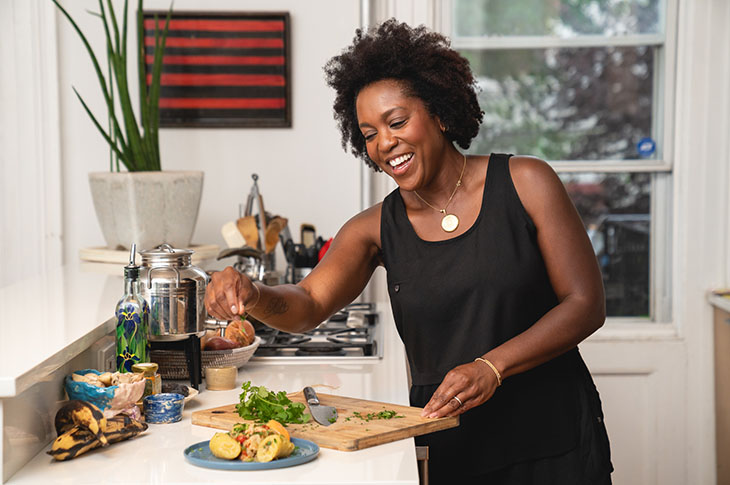- Empty cart.
- Continue Shopping
How to Choose Healthy Baking Alternatives

Baking is a beloved culinary tradition, but it often involves ingredients high in sugar, refined flour, and unhealthy fats. Fortunately, there are numerous healthier alternatives that allow you to enjoy your favorite baked goods without sacrificing your health.
1. Whole Grains Instead of Refined Flour
Healthy Swap: Opt for whole-grain flours like whole wheat, whole spelt, or almond flour instead of white all-purpose flour.
Benefits: Whole grains are higher in fiber, vitamins, and minerals compared to refined grains. They provide sustained energy and can help regulate blood sugar levels.
2. Natural Sweeteners Instead of Refined Sugar
Healthy Swap: Use natural sweeteners like honey, maple syrup, or mashed bananas instead of granulated sugar.
Benefits: Natural sweeteners add sweetness with added nutrients and antioxidants. They may have a lower glycemic index, which can help stabilize blood sugar levels.
3. Healthy Fats Instead of Butter
Healthy Swap: Replace butter with healthier fats like avocado, coconut oil, or unsweetened applesauce in some recipes.
Benefits: Healthy fats can provide essential fatty acids and may reduce saturated fat intake, which is beneficial for heart health.
4. Greek Yogurt Instead of Sour Cream or Heavy Cream
Healthy Swap: Substitute Greek yogurt for sour cream or heavy cream in recipes.
Benefits: Greek yogurt is a good source of protein and probiotics while being lower in saturated fat and calories.
5. Nut Butters Instead of Frosting
Healthy Swap: Spread natural nut butter (like almond or peanut butter) on baked goods instead of sugary frosting.
Benefits: Nut butters provide healthy fats and protein, making your treats more satisfying and nutritious.
6. Fresh Fruit Instead of Canned Fruit
Healthy Swap: Use fresh or frozen fruit instead of canned fruit with added sugars.
Benefits: Fresh fruit provides natural sweetness and additional nutrients without the added sugar and preservatives found in many canned fruits.
7. Add Nuts and Seeds for Texture and Nutrition
Healthy Addition: Incorporate chopped nuts (e.g., almonds, walnuts) and seeds (e.g., chia seeds, flaxseeds) into your recipes.
Benefits: Nuts and seeds contribute healthy fats, fiber, and essential nutrients, enhancing the nutritional profile of your baked goods.
8. Experiment with Gluten-Free Flours
Healthy Swap: Explore gluten-free flours like rice flour, oat flour, or chickpea flour for those with gluten sensitivities.
Benefits: Gluten-free flours can be easier to digest for some individuals and may add unique flavors and textures to your baking.
9. Portion Control and Moderation
Healthy Practice: Practice portion control to avoid overindulging in baked treats.
Benefits: Enjoying your baked goods in moderation allows you to savor the flavors without overloading on calories or sugar.
10. Experiment and Adapt Recipes
Healthy Practice: Be open to experimentation and adaptation when baking. Modify recipes to include healthier ingredients while maintaining taste and texture.
Benefits: Experimentation can lead to delicious and nutritious creations that suit your dietary preferences and needs.
11. Prioritize Fresh Ingredients
Healthy Practice: Choose fresh, high-quality ingredients when baking. Opt for seasonal fruits and vegetables for added flavor and nutrition.
Benefits: Fresh ingredients often have a richer taste and provide more nutrients compared to processed or canned alternatives.
In Conclusion, Baking can be a delightful and satisfying culinary pursuit, and choosing healthy baking alternatives allows you to indulge in your favorite treats while supporting your well-being. By substituting refined ingredients with whole grains, natural sweeteners, and healthier fats, you can create baked goods that are not only delicious but also nutritious. Experiment with different ingredients and recipes to find the perfect balance between taste and health in your baking endeavors.








